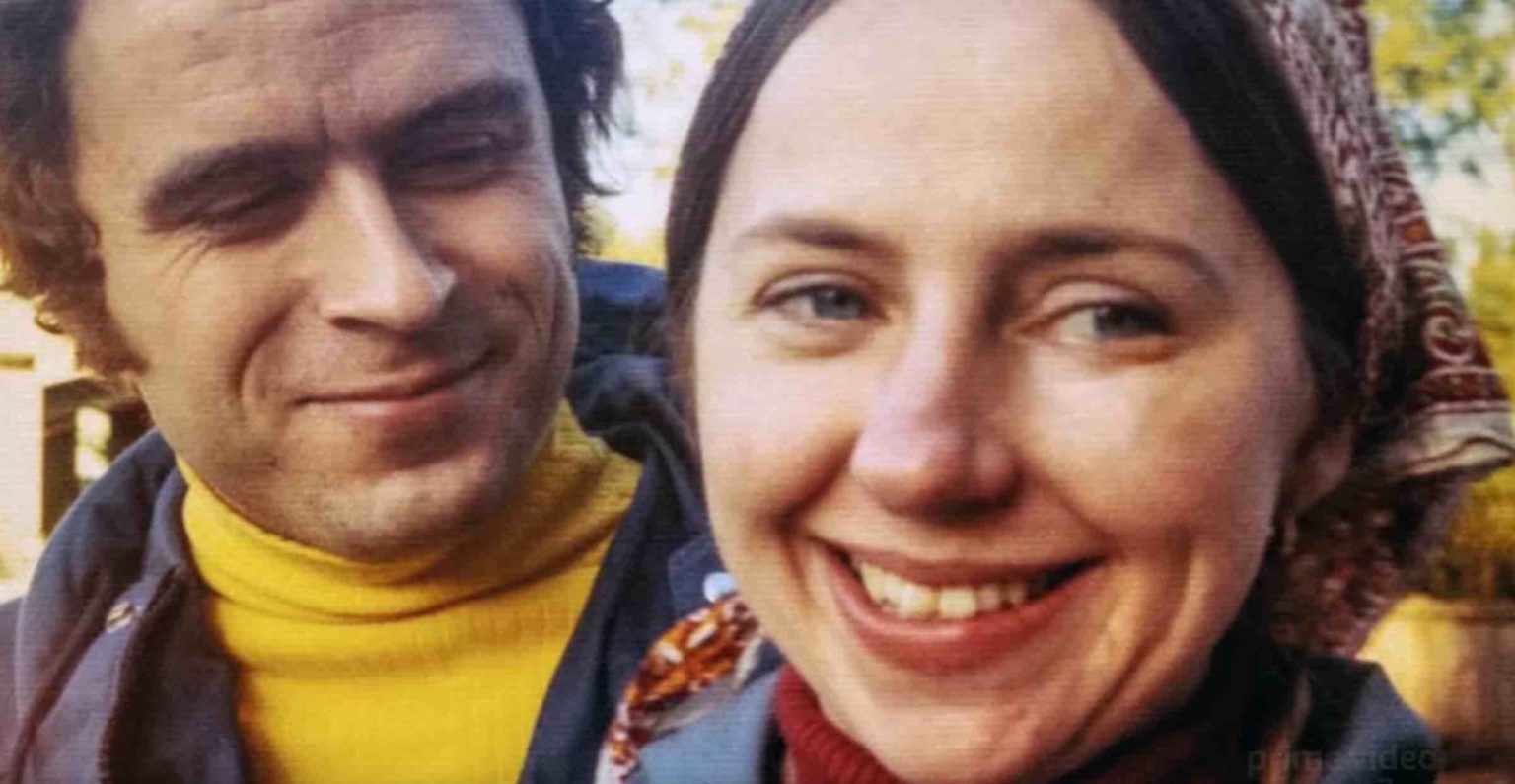
‘Ted Bundy: Falling for a Killer’: Bundy’s girlfriend tells her story
Amazon’s Ted Bundy: Falling for a Killer finally shifts the focus of Bundy’s reign of terror from his looks and charm to where the story belongs, his victims. Falling for a Killer is the first time Ted Bundy’s girlfriend breaks her silence about her relationship with the serial killer. Both she and her daughter discuss their relationship with the infamous killer, and what led to her ultimately turning him in.
Ted Bundy: Falling for a Killer Director Trish Wood shifts the narrative around Bundy’s crimes. Recognizing that while everyone knows Ted Bundy’s name, the names of his victims are rarely mentioned.
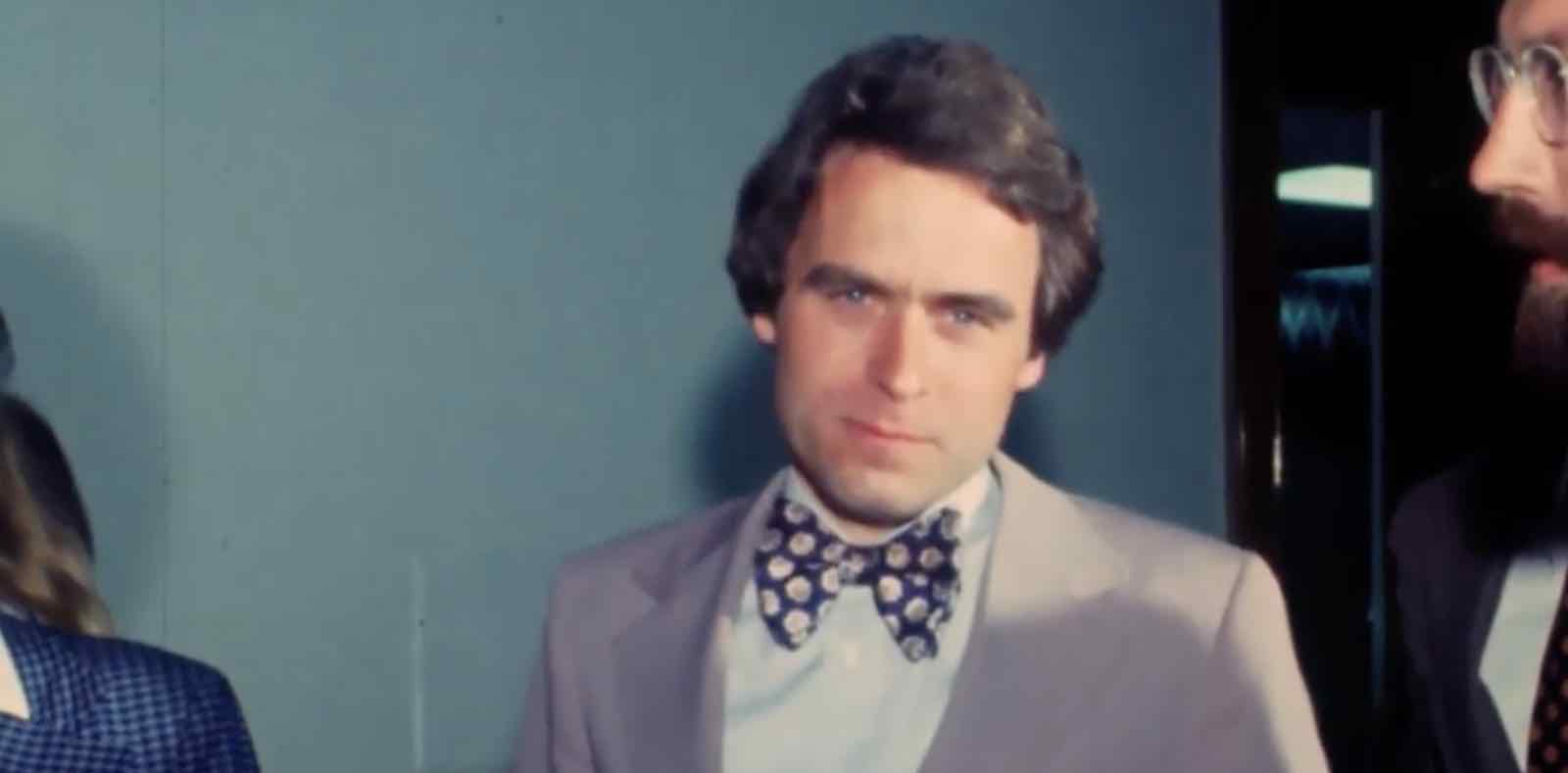
Wood brings the women who suffered at Ted Bundy’s hands to the forefront, interviewing survivors and the friends and family of the victims, as well as female police officers who worked the murder cases and journalists and lawyers who all were a part of his reign of terror.
Many of the stories we hear have never been shared by the victims before, and we finally learn firsthand about the women who were able to escape their encounters with their lives, as well as the stories of those who died.
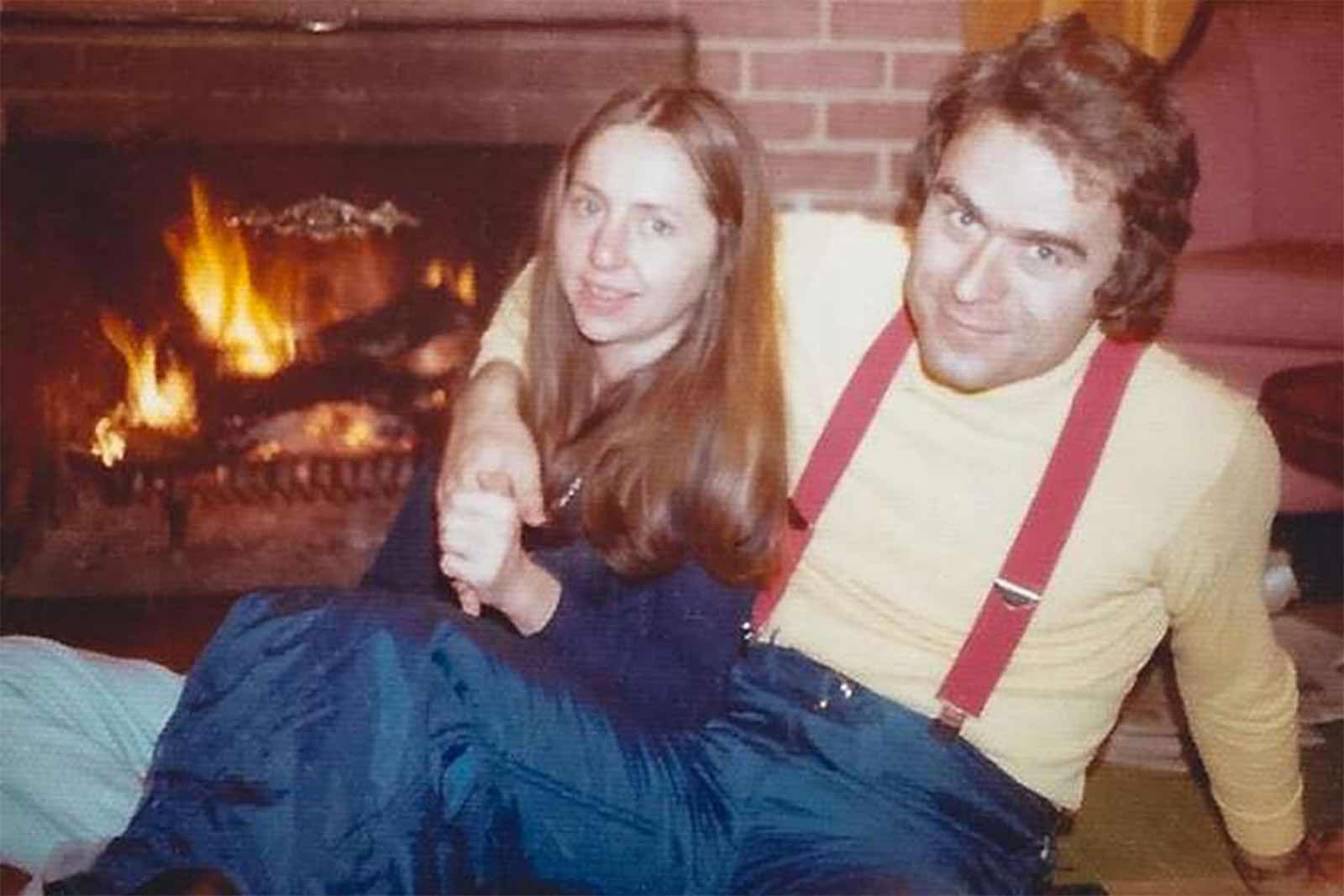
Ted Bundy’s girlfriend, Elizabeth Kendall
In a ridiculously brave move, Elizabeth Kendall and her daughter Molly finally share the story of their lives with Ted Bundy. Netflix’s Extremely Wicked, Shockingly Evil and Vile covered Kendall’s relationship with Bundy, but initially never consulted Kendall nor did they option her book, the memoir The Phantom Prince for the film. Although an agreement was eventually made, her experience prompted her to finally share her story in its entirety.
What resulted is the most comprehensive and respectful portrayal of Ted Bundy’s relationships and his victims. Elizabeth Kendall recounts the early years of their six-year relationship, which began before any of Bundy’s known killings, his frequent travels and her realization that murders seemed to happen wherever he went, and the emotional letters he sent her from death row.
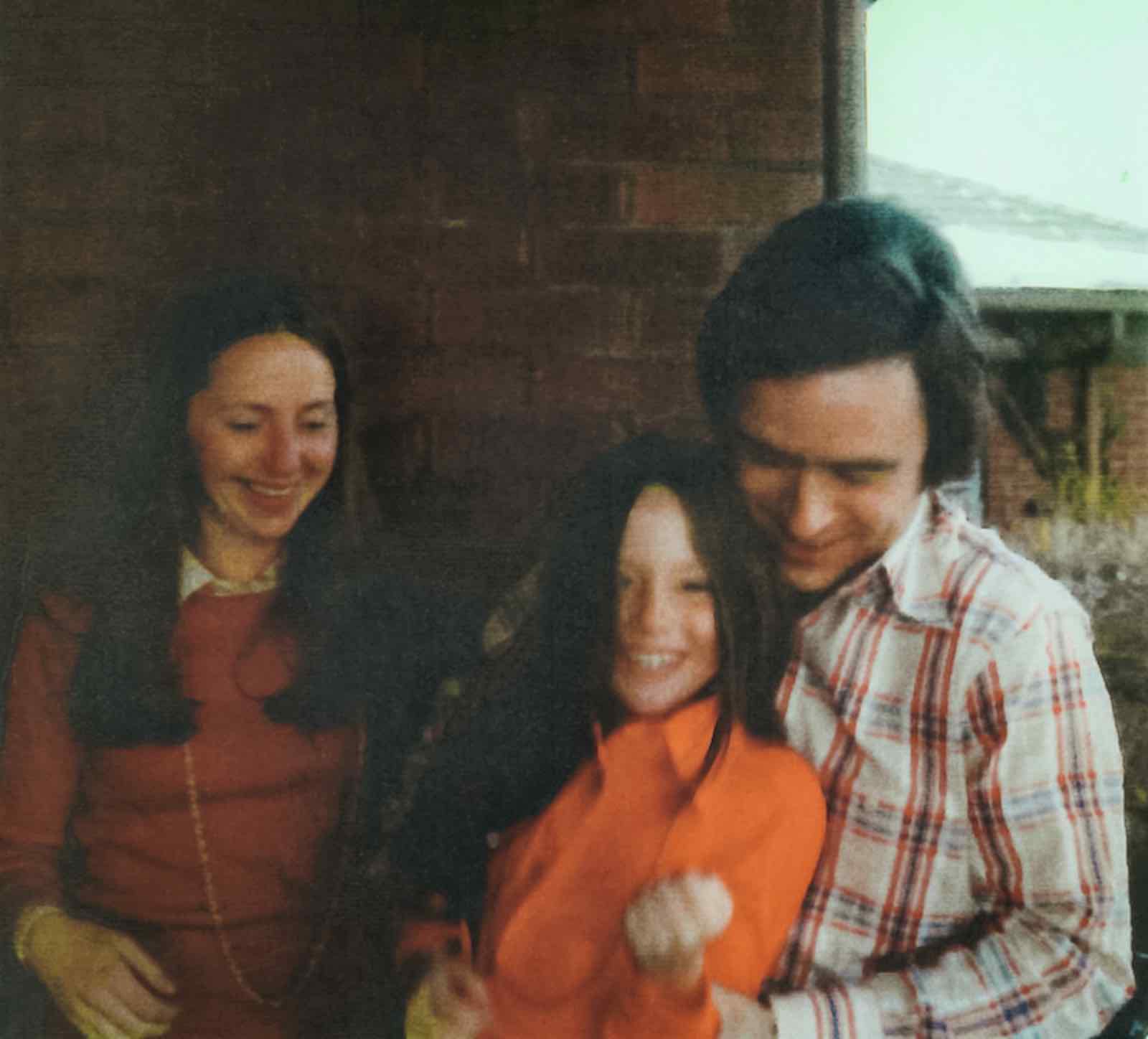
Elizabeth’s daughter, Molly, has her own story to tell. Bundy was a father figure to her, teaching her to ride a bike and reading her books before bedtime. Although she had her moments where she knew something was wrong with Bundy as well, like an inappropriate game of “hide and go seek”.
When discussing her life with Bundy, Elizabeth Kendall speaks about his charm, but also about her vulnerability. A single mom who was plagued with insecurities, her connection with Bundy was instant, and she never doubted his feelings for her. Both Kendall women reflect on how important he made them feel, and the impact that had on their relationships with him.

Ted Bundy’s victims tell their stories
Ted Bundy’s first victim was University of Washington student Karen Sparks. For the first time, she tells her story in Falling for a Killer, recounting in detail the attack, and the 20 hours she spent bleeding in her bed until a roommate found her. Sparks was left permanently brain-damaged, with hearing and vision loss, epileptic fits, and a constant ringing in her ears. Spark’s recounting of Bundy’s attack sheds the attractive and charming image of Bundy and reminds audiences that he was first and foremost a monster.
Some of the most chilling stories told in Falling for a Killer are the near-misses. Phyllis Armstrong shares the story of trying to help Bundy with some “car trouble”, and as she leans over to help him push a button, her instincts scream at her to get away. She flees only to have her housemate Georgann Hawkins disappear days later.
Breaking down the infamous Lake Sammamish murders, a witness tells the story of Bundy approaching Janice Ott, whose only mistake was trying to be a nice person, helping a man whose arm was in a sling. Ott initially resisted following Bundy to help him at his car, but ignored her instincts in order to “do the right thing”. She was never seen alive again.

Taking advantage of cultural expectations
One of the biggest takeaways from Falling for a Killer was that Bundy wasn’t just luring women away through his charms, he was preying on their ingrained roles as caretakers, their need to be perceived as “nice”, and the police’s disregarding of their stories.
Bundy escaped from jail because he didn’t “look or act” like a killer, but he attacked and killed women because he was a monster. Women were lured away by him because they had been trained that it was more important to be nice than to feel safe, not because he was attractive.
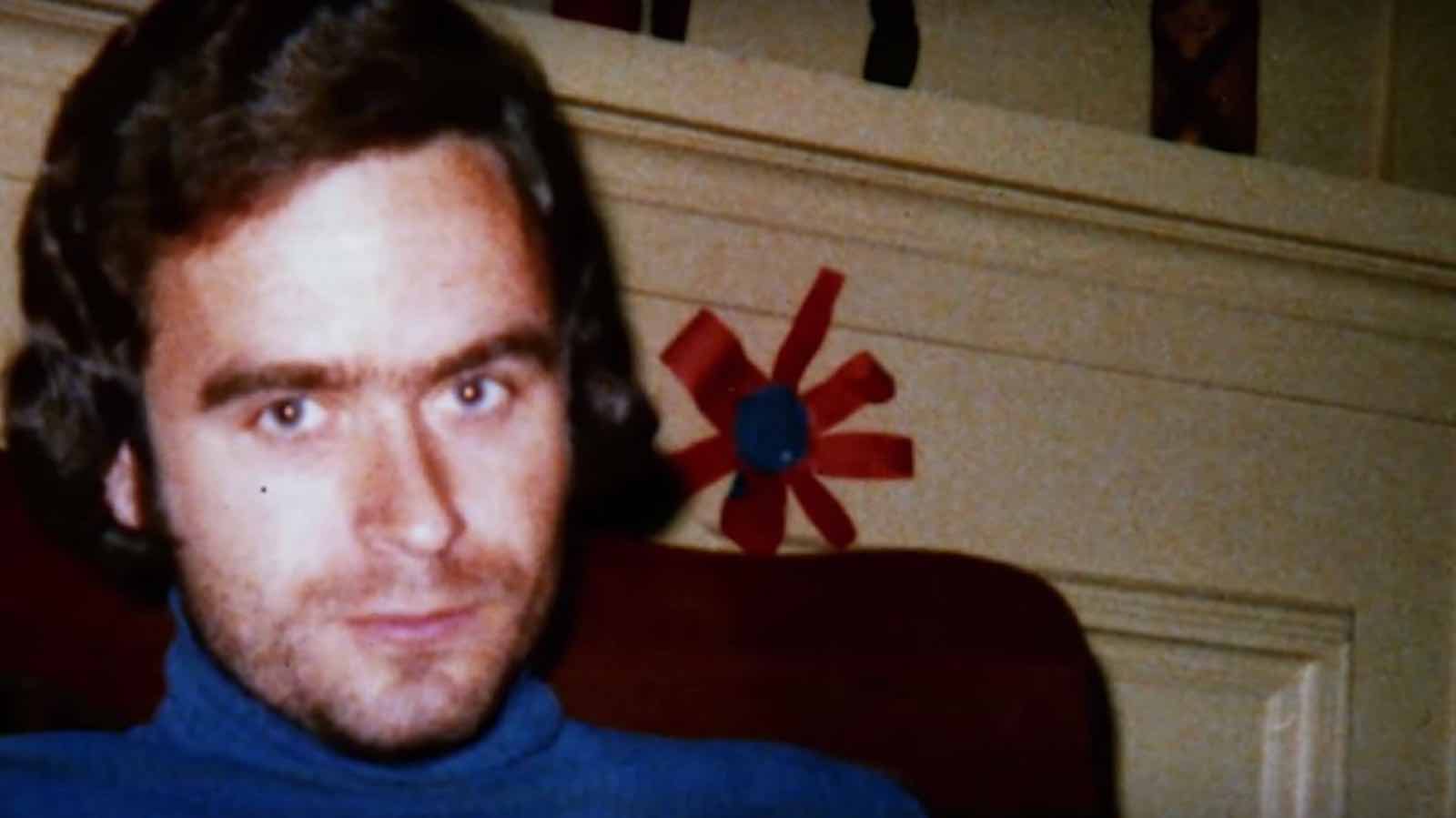
His reign of terror continued because the women reporting him were ignored, not because he was brilliant and sly. For the first time, Woods challenges the myth that Ted Bundy was so attractive and charismatic that those who were brutally murdered by him were helpless in the face of his charms, and shines a light on a culture that allowed his behavior to continue unchecked.
This is the coverage of true crime that can save lives, and Ted Bundy: Falling for a Killer should serve as a catalyst for teaching young women that their safety is more important than being nice.








liza joanna grant
/
wow this is very interesting
February 20, 2020liza joanna grant twin sister
/
hmmm actually it is quite interesting after a little read
March 17, 2020